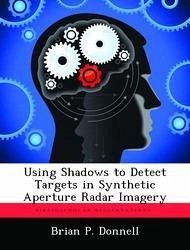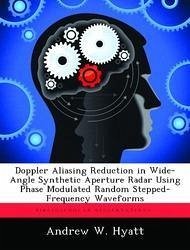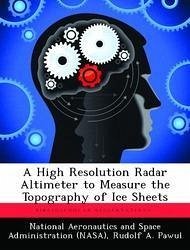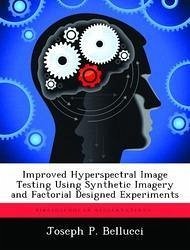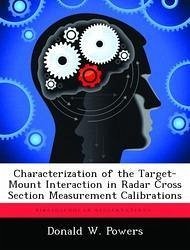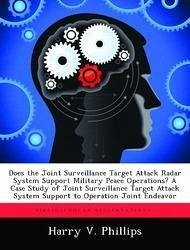Nicht lieferbar
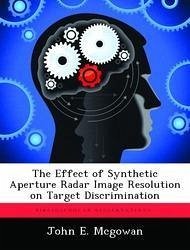
The Effect of Synthetic Aperture Radar Image Resolution on Target Discrimination
Versandkostenfrei!
Nicht lieferbar
This research details the effect of spatial resolution on target discrimination in Synthetic Aperture Radar (SAR) images. Multiple SAR image chips containing targets and non-targets are used to test a baseline Automatic Target Recognition (ATR) system with reduced spatial resolution obtained by lowering the pixel count or synthesizing a degraded image. The pixel count is lowered by averaging groups of adjoining pixels to form a new single value. The degraded image is synthesized by low-pass filtering the image frequency space and then lowering the pixel count. A two parameter Constant False Al...
This research details the effect of spatial resolution on target discrimination in Synthetic Aperture Radar (SAR) images. Multiple SAR image chips containing targets and non-targets are used to test a baseline Automatic Target Recognition (ATR) system with reduced spatial resolution obtained by lowering the pixel count or synthesizing a degraded image. The pixel count is lowered by averaging groups of adjoining pixels to form a new single value. The degraded image is synthesized by low-pass filtering the image frequency space and then lowering the pixel count. A two parameter Constant False Alarm Rate (CFAR) detector is tested, and three different types of feature spaces; size, contrast, and texture; are used to trian a linear classifier. The results are scored using the Area Under the Receiver Operator Characteristic (AUROC) curve. This work has been selected by scholars as being culturally important, and is part of the knowledge base of civilization as we know it. This work was reproduced from the original artifact, and remains as true to the original work as possible. Therefore, you will see the original copyright references, library stamps (as most of these works have been housed in our most important libraries around the world), and other notations in the work. This work is in the public domain in the United States of America, and possibly other nations. Within the United States, you may freely copy and distribute this work, as no entity (individual or corporate) has a copyright on the body of the work. As a reproduction of a historical artifact, this work may contain missing or blurred pages, poor pictures, errant marks, etc. Scholars believe, and we concur, that this work is important enough to be preserved, reproduced, and made generally available to the public. We appreciate your support of the preservation process, and thank you for being an important part of keeping this knowledge alive and relevant.







